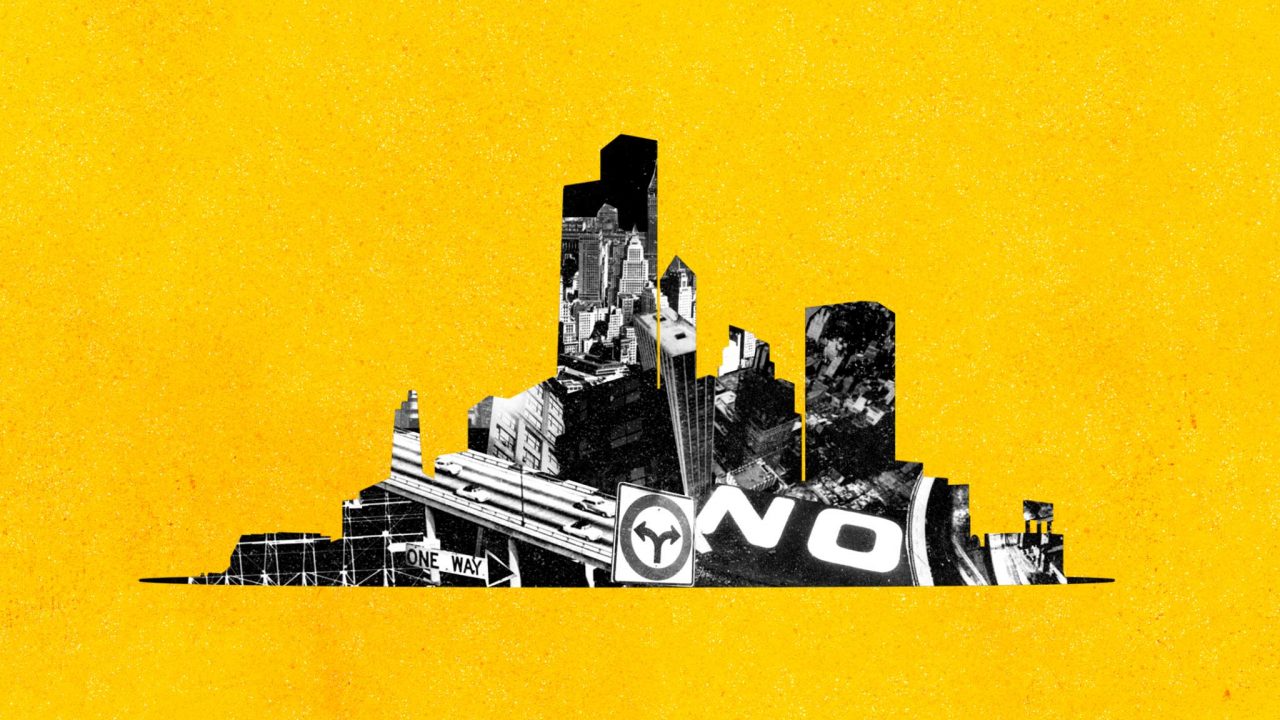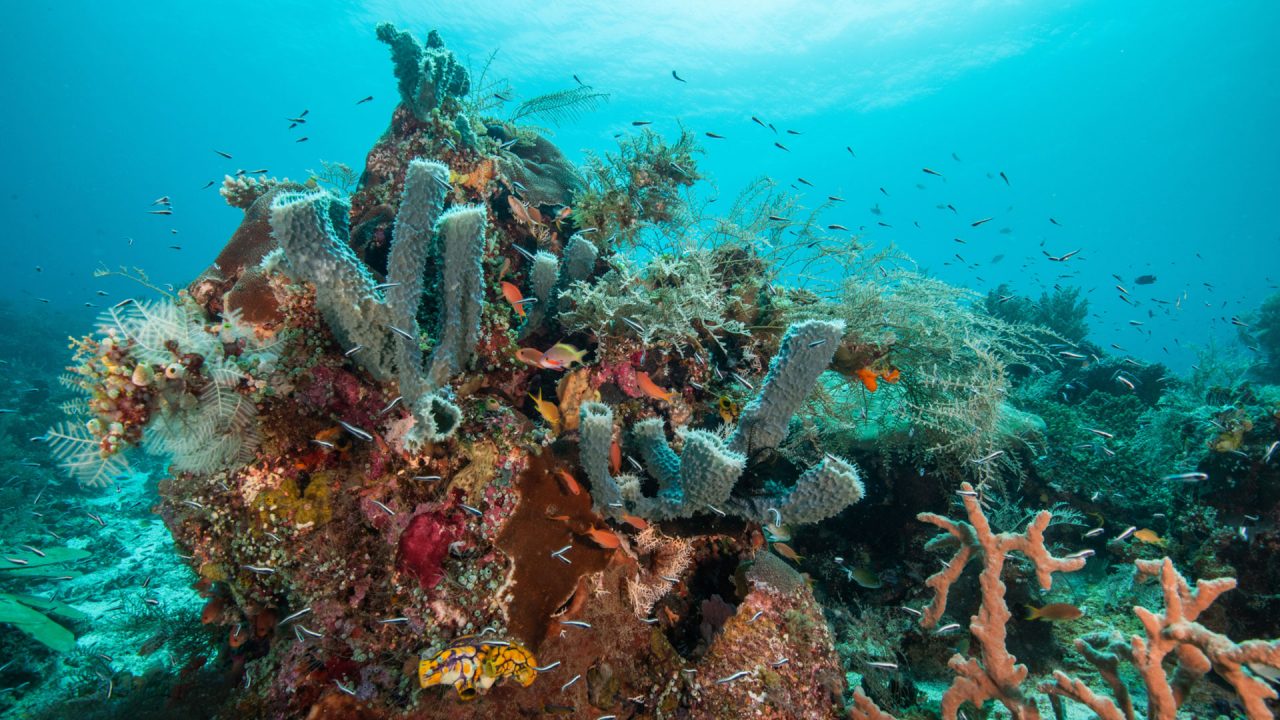
Mini-Lesson for The Big Reset – Cities
Mini-Lesson for The Big Reset – Cities
Mini-Lesson for The Big Reset – Cities
Themes: Environmental Issues, Human Geography, Natural Resources, Territory: Urban, Film Animation, Documentary Film, Consumerism, Environmental Challenges, Environment and Technology
Recommended Ages: 12-14
The Big Reset – Cities, Lillian Chan, provided by the National Film Board of Canada
Keywords/Topics: Permanence, Design, Urban Systems, Reinvention, Environmental Impact, Massive Change
Overarching Question: Imagine a city designed to prioritize not only humankind, but all life; what might it look like?
Educational Synopsis: Lillian Chan’s visually inspiring film Cities challenges us, through the ideas and narration of Bruce Mau, to critically examine the current state of everything through the lens of urban design. Cities is one of four films in an NFB series called The Big Reset. Although the concept of the urban landscape is central to the challenges explored in Cities, the principles underpinning the film go far beyond urban design. Along with the other films in The Big Reset, Cities is a wake-up call for humanity. Through the narration and ideas of designer Bruce Mau, the film opens our eyes to the hidden impact of human activity on our planet, and looks towards a future that values the welfare of all life.*
One of the beautiful things about Cities is the thoughtfulness and intention evident in every aspect of the film. To get the most out of the short, it may be helpful for your students to watch it in its entirety before engaging with the activities below. The activities that follow are specific to different segments of the film and can further guide your students in deepening their understanding of its foundational concepts.
Here is a Google Slides template that you can share with your students to help them complete the following activities. Each activity has its own slide to support and engage your students.
*References Bruce Mau’s statement in the film that “the 20th century was about us, how can we think about the welfare of humankind? The 21st century is: How can we think about the welfare of life… all life?”
Activity 1: Permanence and Reinvention
“The net result is: we’ll add several billion people, who don’t know the stupid old ways. Things that we thought were permanent, that are in fact, open for reinvention.”
Have your students consider the questions below as they watch the first clip from the film. Have them jot some of their thoughts down as they watch.
- What do you think makes something seem static, unchanging or permanent?
- Why might inventions that are so harmful to our environment, like the combustion engine, be so difficult to reimagine?
The Big Reset – Cities, Lillian Chan, provided by the National Film Board of Canada
Video clip to watch (0:00–1:30 min)
Have your students think of something that seems permanent (or choose an item from the list provided below). Once they’ve identified an idea, invention, etc., use the Google Slides template, or ask them to note why it might seem hard to change. Give your students a few minutes to work with a partner or on their own to come up with an idea that could be an alternative to this seemingly permanent concept. Take time for students to share their thinking with the class before moving to the next activity.
|
Ideas/Inventions/Concepts that seem unchangeable or permanent |
|
Summary
Our perception of what is permanent or unchangeable is tied to how we see the world around us. We all carry with us stories that help us to make sense of the world, guiding our perceptions of and interactions with our environments. Understanding the need for reinvention entails considering: Who might benefit from things staying the way that they are? Who might benefit if things are done differently? Asking these questions can help our students to see that the concept of permanence could be a reflection of values more than of whether something is or is not possible.
Activity 2: Reinventing Our Impact
“We look at waste and think, ‘Yeah, of course there’s waste… yeah, we’re gonna have garbage.’ [laughs] No actually. No! There could be no garbage involved.”
Have your students consider the questions below as they watch the second clip from the film. Have them jot some of their thoughts down as they watch.
- Why might we approach issues such as waste production differently if we thought about the impact our lives are having on all life on the planet?
- What does it mean to design as a continuous cycle? What might some examples be of things humans have already designed that are continuous?
The Big Reset – Cities, Lillian Chan, provided by the National Film Board of Canada
Video clip to watch (1:31–2:35)
Identify an action you think is making a positive impact on our environment. This could be something like ride-sharing or cycling to work. What might need to happen to help more people take similar action in order to maximize positive impact? Share your thinking with the class, or use the Google Slides template to capture your ideas.
Summary
Just as Greta Thunberg reminded the world at the UN Youth Climate Summit that “We showed that we are united and that we, young people, are unstoppable,” we need to remind our students that their actions, when united, can result in massive change. Bruce Mau, in his book 24 Principles for Designing Massive Change in Your Life and Work, furthers this way of thinking when he challenges us to “recognize how everything we do multiplies its effects beyond the visible horizon. It means that each of us, as individuals, begins to take responsibility for the whole.” Our students have the imagination for change; we can guide them so that they see themselves as part of the whole.
Activity 3: Imagining a Different Future
“We build what we imagine. Technology catches up to imagination. If it looks familiar, it’s not right.”
The Big Reset – Cities, Lillian Chan, provided by the National Film Board of Canada
Video clip to watch (2:35–3:33)
After watching the final clip with your class, give your students a few minutes of individual thinking time. Prompt them with the overarching question: Imagine a city designed to prioritize not only humankind, but all life; what might it look like? Have your students jot down some ideas of things they might see in a future city that values all life. You may wish to use the Google Slides template again for this activity. Have your students share their ideas with the whole class or in small groups.
Summary
Another of Bruce Mau’s principles of massive change is to recognize that we are not separate from or above nature. When we look at our current reality of warehouse-style box stores and acres of arable land being converted into sprawling subdivisions, it’s clear that it would require massive change to shift current priorities of dominance over nature to responsible sustainment of and with nature. As you guide your students into the Take Action portion of the lesson, challenge them to view partnership with nature as a key element in the design of their future city.
Take Action: A City of the Future
“Children are our best agents of change. Once they see the logic, they can’t understand why you’d do it the stupid way.”
Have your students design a prototype of a future city or an aspect of a future city such as transportation or waste management. Spark their thinking by reviewing some of the ideas recorded as a class in Activity 3. Differentiate how your students create their prototype by giving them options such as making a sketch, building a 3D model, or writing a paragraph(s) describing what a city of the future might look like.
This mini-lesson was written by Jon Lewis. Jon is passionate about art and design and the role of technology in amplifying opportunities for student expression. He has been an Ontario educator for the past 15 years and currently works as a K-12 curriculum coordinator, supporting the use of digital platforms within a pedagogical context. Jon resides in Barrie and is an active member in promoting local arts as the cofounder of a community-based arts and educational space.
Pour lire cet article en français, cliquez ici.
Discover more Mini-Lessons | Watch educational films on NFB Education | Watch educational playlists on NFB Education | Follow NFB Education on Facebook | Follow NFB Education on Pinterest | Subscribe to the NFB Education Newsletter



